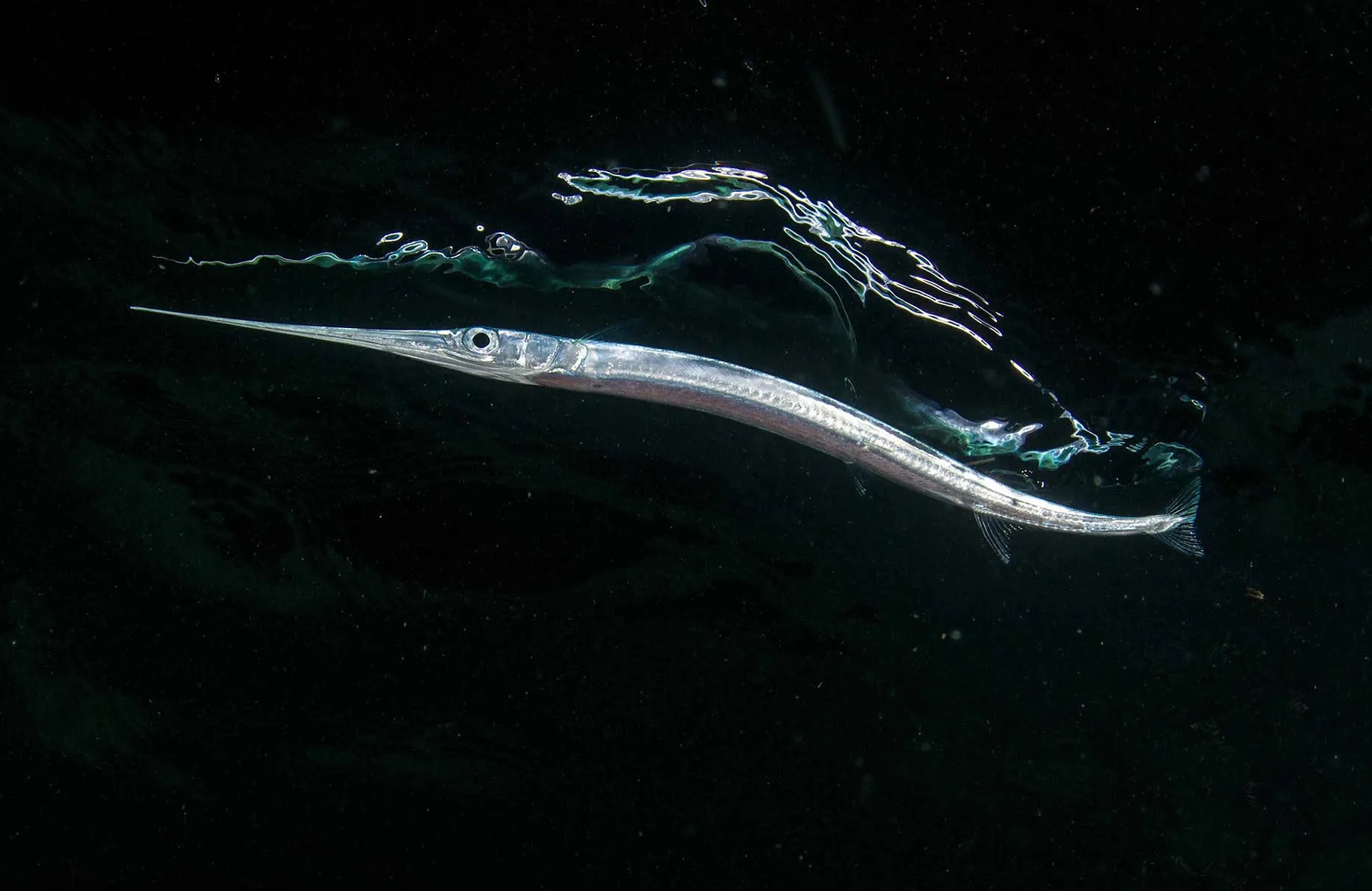Fish Ears 3 – Acoustical Daylight
Our last newsletter was an overview of the phenomenology of the sound perception of fishes in the context of lab-produced auditory threshold testing – revealing that measuring the acoustical sensitivities of fishes in a lab (and not in their wild habitats) is a fool’s errand. This is because measuring fishes underwater hearing thresholds assuming that they synthesize sound as humans do above-water frames the inquiry using human sensory environments, which have little to do with the sensory environments of fishes.
This is not to deprecate the assiduous and difficult work of legacy researchers, because this work is really hard. But occasionally at some point researchers need to realize that the trajectories of their inquiry have led to a dead end. I saw this happen when Art Popper – probably the most extensively published research mentor on fish audiology, realized that enclosure dimensions – and probably more importantly, the role of particle motion perception of teleost fishes had ignored some really important factors in how fishes synthesized acoustical energy.
His comment – maybe 15 years ago, was that all of the fish threshold work to date should be dumped and re-done (not specifically his words).
There is the threshold boundary between voluntary recognition of sounds, and autonomic responses to environmental sound stimulus. All of the research papers we reviewed established how fishes would recognize specific frequencies at particular amplitudes, determining what they recognized as “sound.” This would often correlate with the sorts of sounds that these fishes would voluntarily make – or the sounds that their predators might make.
But then there are the autonomic responses to acoustical energy – like synchronizing with the pressure oscillations of adjacent schooling conspecifics, or avoiding the advancing motions of predators, or perhaps even the pressure fluctuations of swells and tides. These responses would be sort-of hard to test. And given the circumstantial context, even harder to measure.
If you dive in most temperate ocean waters you have likely noticed a quiet crackle or shushing that sounds like sand moving around, or perhaps like you are swimming in Prosecco.
Dr. Potter’s hypothesis was that like light from the sun, this ubiquitous noise in the sea could act as “acoustical daylight,” bouncing off features of their surroundings, returning coherent wave fronts, and explaining how marine animals swimming around in the dark of night could navigate without bumping into things. John was able to resolve “acoustical daylight” images using complex sensor arrays and gargantuan signal-processing computers, but he did prove that it could be done. And perhaps billions of years of evolutionary adaptation might have condensed the math and hardware into small, wiggly organisms.
And this is just one of mysterious sound channels that marine animals probably use to figure out where they are.

